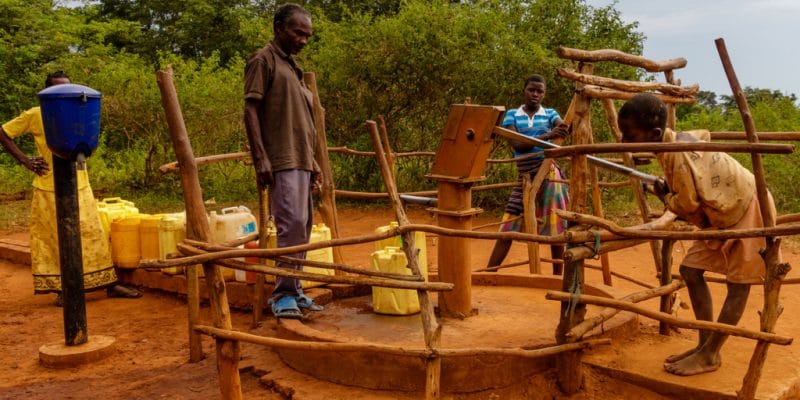The Zimbabwean government is providing Z$1.1 billion (more than US$3 million) for the construction of 1,800 boreholes in the country. The project aims to increase water supply to households and schools in remote areas. The project will also enable the development of irrigated agriculture.
In Zimbabwe, several communities will benefit from a water supply project recently launched by the government. The authorities have approved the release of Z$1.1 billion (over US$3 million) to drill 1,800 wells.
The future facilities will be used to capture groundwater to supply schools and high-traffic areas in vulnerable areas of Zimbabwe. According to Anxious Masuka, Zimbabwe’s Minister of Agriculture, Lands, Fisheries, Water and Rural Resettlement, the country currently has some 41,754 wells. These facilities, located in rural areas, are operating at just 55% of capacity. The sites for the new boreholes will be identified by local communities and will be subject to hydrogeological studies before work begins.
Drilling 44,600 wells by 2025
The new boreholes will also supply horticulturalists. These facilities are the first step in a project that will result in the construction of 44,600 boreholes by 2025. These facilities will improve water supply to 35,000 people, including 9,600 rural schoolchildren.
Read Also – DRINKING WATER IN AFRICA: Self-sufficient solutions are needed in rural areas
In Zimbabwe, water shortages are also affecting urban areas. In March 2021, the Zimbabwean government launched the construction of a pipeline to bring raw water from the Gwayi-Shangani dam to the city of Bulawayo, 260 km away. This is an interim solution to the city’s water problems before the dam is commissioned in 2022. The dam, built by China International Water and Electric Corporation (CWE), a subsidiary of the giant China Three Gorges Corporation (CTE), will be able to store 634 million m3 of water. The government plans to treat this water for household use and to send some of the raw water to irrigation systems in the arid Matabeleland region.
Ines Magoum






